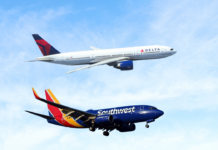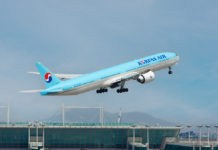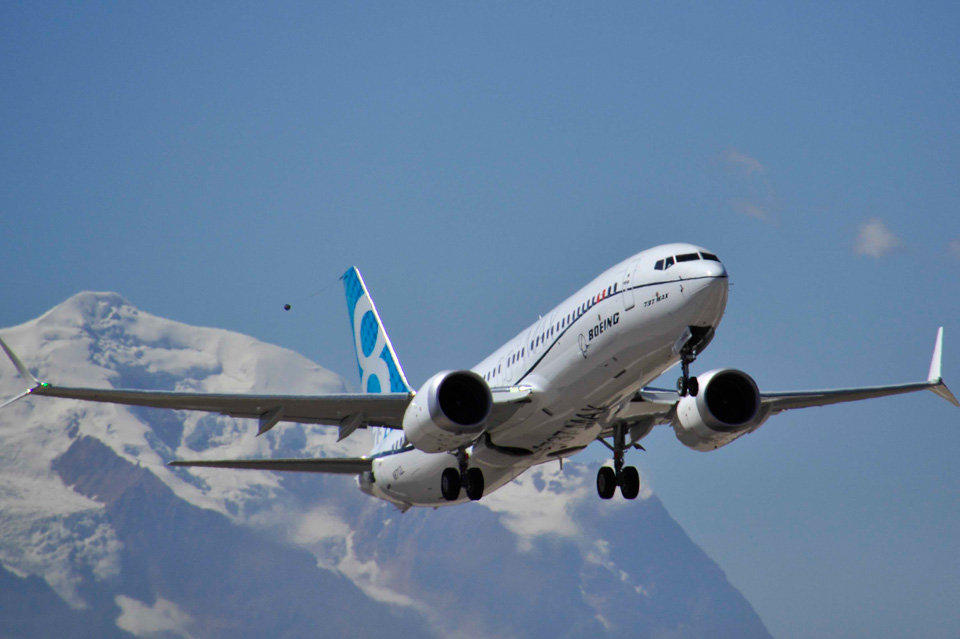Is the US congressional report on 737 MAX seriously flawed? That is the question that must be asked of the damning 245-page report into the design and build of the 737 MAX which was involved in two tragic crashes that claimed 356 lives.
Released on Wednesday the report from the Committee on Transportation and Infrastructure the report is extraordinary in that it relies in large part on articles from the lay media, written in many cases by reporters who do not understand the complexities of the aviation industry.
Incredibly it even quotes the UK tabloid the “Daily Mail” yet not one reference from the world’s leading aviation magazine US-based Aviation Week & Space Technology.
Aviation Week’s Sean Broderick and Guy Norris led the industry coverage of the two MAX crashes in 2018 and 2019 with balanced and informative articles. Those articles did not hold back on criticism of Boeing where justified. Did the fact that a yearly subscription is required, prevent access to the articles?
Because the report relies heavily on lay media articles it is flawed with many errors and the most glaring is the FIRST MAJOR finding that:
“There was tremendous financial pressure on Boeing and the 737 MAX program to compete with Airbus’ new A320neo aircraft. Among other things, this pressure resulted in extensive efforts to cut costs, maintain the 737 MAX program schedule, and avoid slowing the 737 MAX production line.”
That claim was based in part on a New York Times article with the headline “Boeing Was ‘Go, Go, Go’ to Beat Airbus With the 737 MAX.” Great catchy headline and story but many elements are wrong.
The facts are starkly different as the 737MAX is the slowest development – FIVE YEARS – of any Boeing derivative design. And, in fact, slower than the build of the 747, three years, and the 777, 3 and half years and they were new designs.
The pacing item was the engine so Boeing had plenty of time to work through the re-design of the 737 to create the MAX.
From a financial perspective, Boeing through those 737 MAX years, was making record profits with a sky-high share price.
When the MAX was launched its net profit hovered around the $3.3 billion mark and climbed to just above $5 billion at first flight – hardly financial pressure. Revenues climbed from $65 billion to just under $100 billion.
And its share price soared from around $70 in 2011 to $132 when the Max first flew in 2016. Again not a company under financial pressures.
Another major finding of the report is that:
“The FAA’s current oversight structure with respect to Boeing creates inherent conflicts of interest that have jeopardized the safety of the flying public. The report documents multiple instances in which Boeing employees who have been authorized to perform work on behalf of the FAA failed to alert the FAA to potential safety and/or certification issues.”
However, it was the US Congress who encouraged and set up the certification model that now exists because it kept cutting funding. Certainly, it would be better for the FAA to be totally independent but US Congress needs to fund the employment of aerospace experts to perform all the oversight.
But the same “certification model” has been in place for years and during that time the FAA has certified the 777-300ER, Boeing 777-200LR, Boeing 787-8, -9, 10, and 747-8 series, and not one of those planes has suffered a fatality. And each is, in their class, an industry-leading design.
Of-course Boeing made mistakes and the major one is the assumption around pilot training standards and pilot competence. But that error is not confined to Boeing.
And on that point, incredibly, this report barely references the disturbing pilot training reports of the Lion Cc-pilot who was flying the 737 MAX when it crashed. That report states that the co-pilot didn’t understand the concept of a stall at high or low level. On that revelation, an ex Airbus training captain said the “co-pilot couldn’t fly.”
The report carries allegations around safety and culture at Boeing that are being addressed and there is no doubt that the two MAX crashes are a watershed for the industry.
But this report does not really advance our knowledge of the tragedies and it is more just a retelling of the endless sensational headlines over the past 20 months, many of which were wrong.
The problem with the report is because there are glaring errors and it relies on lay media reports, the informed industry reader will doubt its findings – many of which are important.
























